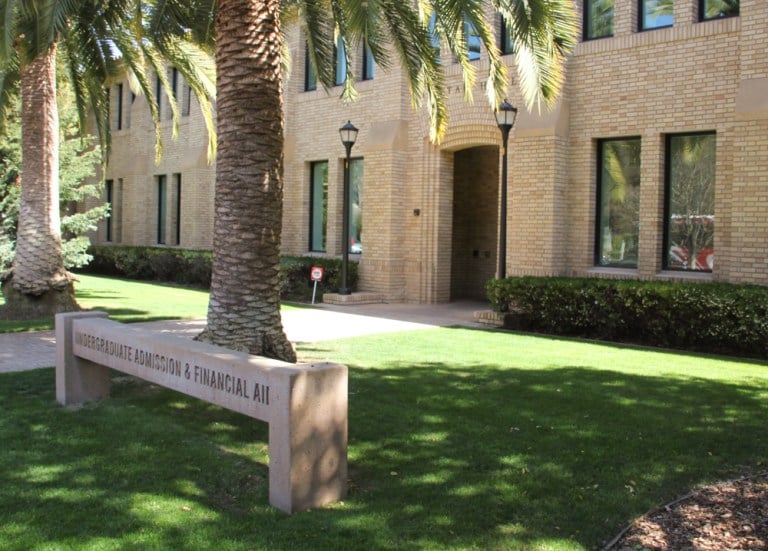In its June meeting, the Stanford Board of Trustees approved a total operating budget of $6.8 billion for 2019-20. The general funds portion of the budget, which is used to support University operations broadly rather than being tied to specific uses, will be $1.6 billion.
The general funds budget for next year will be applied primarily to initiatives addressing affordability concerns among members of the student community, said Board of Trustees Chair Jeffrey Raikes.
Undergraduate need-based aid is increasing by 7.2 percent in 2019-20, Raikes confirmed, and the minimum salary for graduate assistantships — which include both teaching assistant roles and research assistant roles — is increasing by 8 percent. Counseling and Psychology Services (CAPS) funding will also grow to accommodate more staff and services in line with a recent announcement by Vice Provost for Student Affairs Susie Brubaker-Cole.
Stanford will again spend more than $20 million in subsidies for off-campus graduate student housing to support graduate students who are not housed on campus and face steeper fees. Raikes said the approaching completion of the Escondido Village campus housing project will “hopefully close most of the gap in demand for off-campus graduate student housing.”
The budget for the faculty and senate fund, which is used to help increase diversity of faculty, will also increase.
General Use Permit
Stanford’s General Use Permit (GUP) application to Santa Clara County is before the County Planning Commission. The Commission is not the deciding body in approving the plan, but will make a recommendation on it to the County Board of Supervisors
The University is set for 1.2 percent growth each year as part of its plan. Raikes said Stanford recognizes the need for additional housing and is thus proposing to more than double the originally proposed work force units located on and off campus, from 550 to 1300 units. But Santa Clara should alter its expectations of the University to accommodate this increase in housing, he added.
Raikes also spoke about Stanford’s desire for a development agreement — a contract specifying Stanford’s contributions to the County over the span of the GUP — in exchange for certainty that the conditions on Stanford’s development will not change.
“Essentially what Stanford is willing to do is, if the County is willing to agree that the rules that are currently in place will be the rules that govern our general use permit, then we will provide these benefits to the community as part of the development agreement,” Raikes said.
He cited the University’s ongoing efforts to collaborate with the Palo Alto Unified School District as one example of these benefits.
“I think any human being — if they’re going to provide a series of benefits — they want to know that the rules of the game aren’t going to change,” Raikes said.
“That makes [the development agreement] an essential part of the package,” he added.
Long-range planning initiatives
Raikes noted that Stanford is piloting 10 programmatic efforts from June 2019 to June 2020. The initiatives are in the proof of concept stage, in which they are shaped, refined and tested as the University works to understand the programs’ funding needs.
“[The pilots] will allow us to provide some seed funding,” Raikes said.
The initiatives themselves focus on new challenges facing humanity, such as climate change and ethics in technology. Some are already well formed, Raikes said, such as the Stanford Institute for Human-Centered Artificial Intelligence, while other ideas were generated later and are still in earlier stages of development.
“Some of them are really pretty well baked, and some of them aren’t,” he added.
Plans related to issues including affordability, sustainability and transformative learning will be presented to the Board in fall.
Ron Spogli’s departure from Board
The Board also celebrated Ron Spogli ’70, who is transitioning off of the Board after two five-year terms. He served as one of the Board’s vice chairs in his second term, and he previously served as the U.S. Ambassador to Italy.
“One of the key things I value in vice chairs is their ability to be a thought partner to me, and [Spogli] has been a fabulous thought partner,” Raikes said. “He’s exceptionally gifted at grasping complicated subjects and extracting what are the key considerations.”
Raikes, for his part, is finishing his second year as chair of the Board and has been re-elected to serve another two years.
Contact Holden Foreman at hs4man21 ‘at’ stanford.edu.
